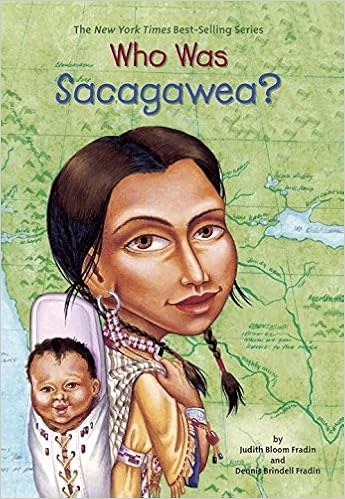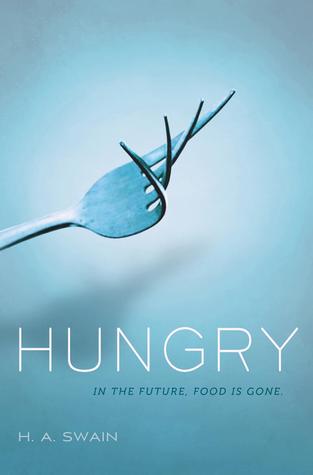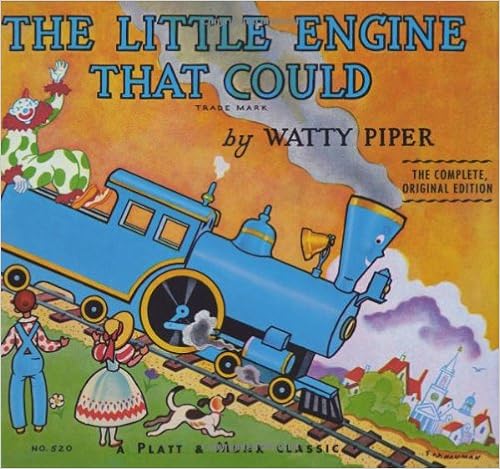Frindle
 Written by: Andrew Clements
Written by: Andrew Clements
Illustrated by: Brian Selznick
Grades:3-7
Awards:
Rebecca Caudill Young Reader's Book Award (1999) Massachusetts Children's Book Award (1999)
Flicker Tale Children's Book Award (2001)
Pennsylvania Young Readers' Choice Award for Grades 3-6 (2000)
Dorothy Canfield Fisher Children's Book Award Nominee (1998)
Pacific Northwest Library Association Young Reader's Choice Award (1999)
Charlie May Simon Children's Book Award (1998) Phoenix Award (Children's Literature Association) (2016)
The Judy Lopez Memorial Award for Children's Literature Honor (1997)
Washington State Sasquatch Award (1999)
Bluestem Book Award Nominee (2015)
North Carolina Children's Book Award (1999)
Nick Allen is a fifth grader at Lincoln Elementary in Mrs. Granger's class. Nick is known for his wild and inventive ideas. These ideas normally lead to trouble. He tries one of his ideas to kill time. He ask, "Mrs. Granger, where do all the words come from?" but, Mrs. Granger is no fool. She assigns Nick an assignment on the origin of words. This leads to Nick thinking about creating a new word. His new word is, "frindle", has it takes over the word "pen". Eventually, everyone everywhere is using his new word. He can't stop the word from spreading even if he wanted to. Nick is soon on the national news and merchandise is being created. Money is being made off the word. A trust fund is set up for Nick to hold the earnings. Nick, however, is not so sure he likes all the attention and starts to lose his creativity. Mrs. Granger tells him to keep dreaming up ideas. The book skips to 10 years ahead. Nick is very wealthy now from his trust. He receives a package one day with a dictionary from Mrs. Granger. Mrs. Granger has noted that frindle is included in it. She also sent her favorite pen with frindle engraved on it. When Nick realizes what an impact she had on his life he sets up a scholarship fund in her name. He sends Mrs. Granger another pen with an engraving that reads, "This object belongs to Mrs. Lorelei Granger and she may call it any name she chooses".
Students will find this book amusing and may try coming up with their own words. It is a very creative book.
Nick Allen is a fifth grader at Lincoln Elementary in Mrs. Granger's class. Nick is known for his wild and inventive ideas. These ideas normally lead to trouble. He tries one of his ideas to kill time. He ask, "Mrs. Granger, where do all the words come from?" but, Mrs. Granger is no fool. She assigns Nick an assignment on the origin of words. This leads to Nick thinking about creating a new word. His new word is, "frindle", has it takes over the word "pen". Eventually, everyone everywhere is using his new word. He can't stop the word from spreading even if he wanted to. Nick is soon on the national news and merchandise is being created. Money is being made off the word. A trust fund is set up for Nick to hold the earnings. Nick, however, is not so sure he likes all the attention and starts to lose his creativity. Mrs. Granger tells him to keep dreaming up ideas. The book skips to 10 years ahead. Nick is very wealthy now from his trust. He receives a package one day with a dictionary from Mrs. Granger. Mrs. Granger has noted that frindle is included in it. She also sent her favorite pen with frindle engraved on it. When Nick realizes what an impact she had on his life he sets up a scholarship fund in her name. He sends Mrs. Granger another pen with an engraving that reads, "This object belongs to Mrs. Lorelei Granger and she may call it any name she chooses".
Students will find this book amusing and may try coming up with their own words. It is a very creative book.































